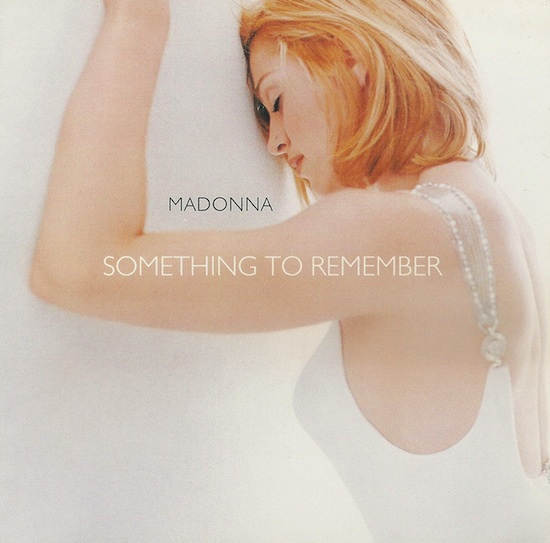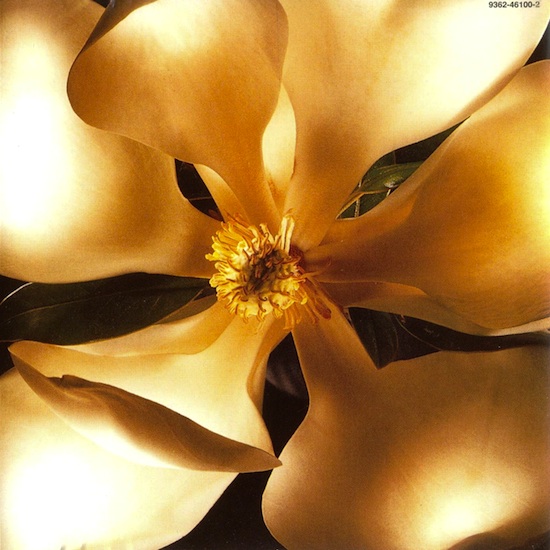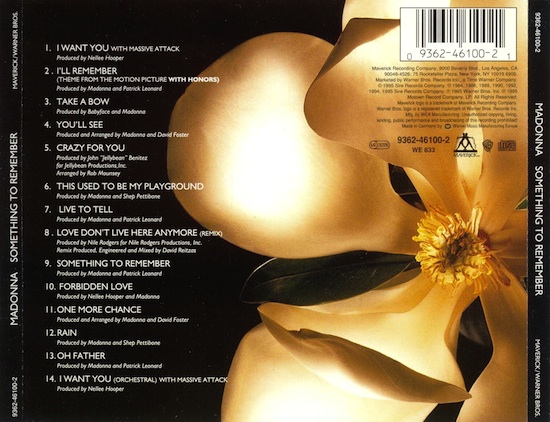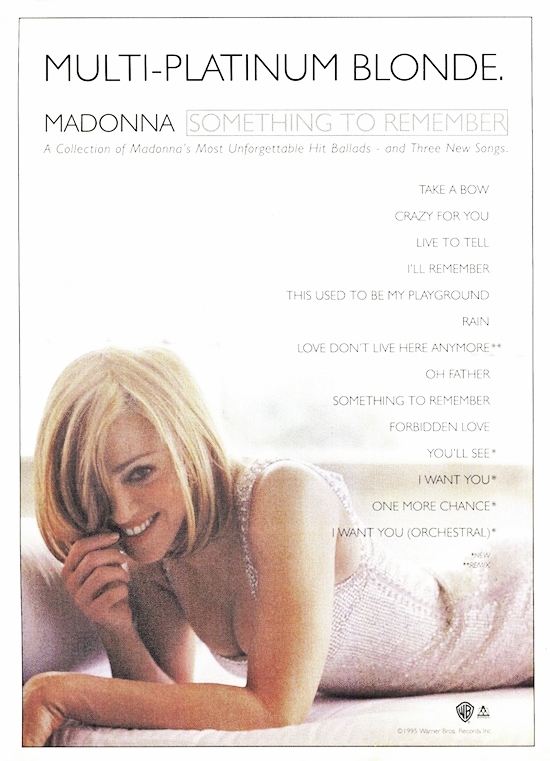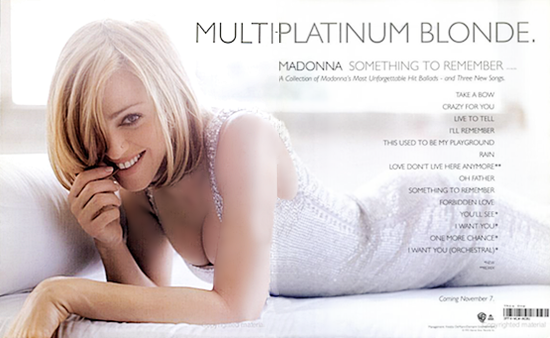



On February 17 1996, the maxi-single for You’ll See spent its final week on the Maxi-Single Sales chart in Billboard magazine at #40.
The release had a notably short run on the Maxi-Single Sales chart (by Madonna’s typically high standards), spending only three weeks on the proper chart, after debuting on the Bubbling Under chart at #52. It peaked at #18 on February 3rd.
There are several potential reasons that could explain the low sales of its maxi-single. Ballads, unless heavily and successfully remixed, naturally generated less interest with this format, which was primarily geared towards attracting dance music listeners. Many of Madonna’s ballads were not released in the format for this reason. You’ll See was not given an officially released remix treatment but instead featured a Spanish-sung version of the song, an instrumental version, and a live version of another previous ballad hit, Live To Tell.
Further reducing any incentive to buy the maxi-single was the fact that standard U.S. CD and cassette single inexplicably included three of the four cuts featured on the maxi-single, leaving only the Spanish version as an exclusive track on the latter. One wonders if the inclusion of the live version of Live To Tell on the normally two-track standard single was possibly due to a pressing error that they decided to go ahead and release, since it is not listed on the sleeve but is instead promoted as a nameless bonus track on an outer label affixed to the CD and cassette single cellophane (its inclusion is noted on the physical disc and cassette).
Only one Madonna maxi-single issued in the U.S. had both a shorter run and a lower peak on the Maxi-Single Sales chart, and it was another hit ballad. I’ll Remember spent only two weeks on the chart (plus its first week on the Bubbling Under chart), peaking at #30 on May 21, 1994. Similarly, it was also padded with a live cut. However, it also included some creative reworkings of the track by William Orbit, making the reason for its dismal placement on the chart more perplexing. In terms of contents value, it easily outshines the You’ll See maxi-single.
In Canada, You’ll See was only issued as a CD maxi-single, with no standard single being issued on cassette or CD.

 On April 20 1998, Madonna’s Frozen single peaked at #2 on the RPM Canadian Top 100 Singles chart.
On April 20 1998, Madonna’s Frozen single peaked at #2 on the RPM Canadian Top 100 Singles chart.
















